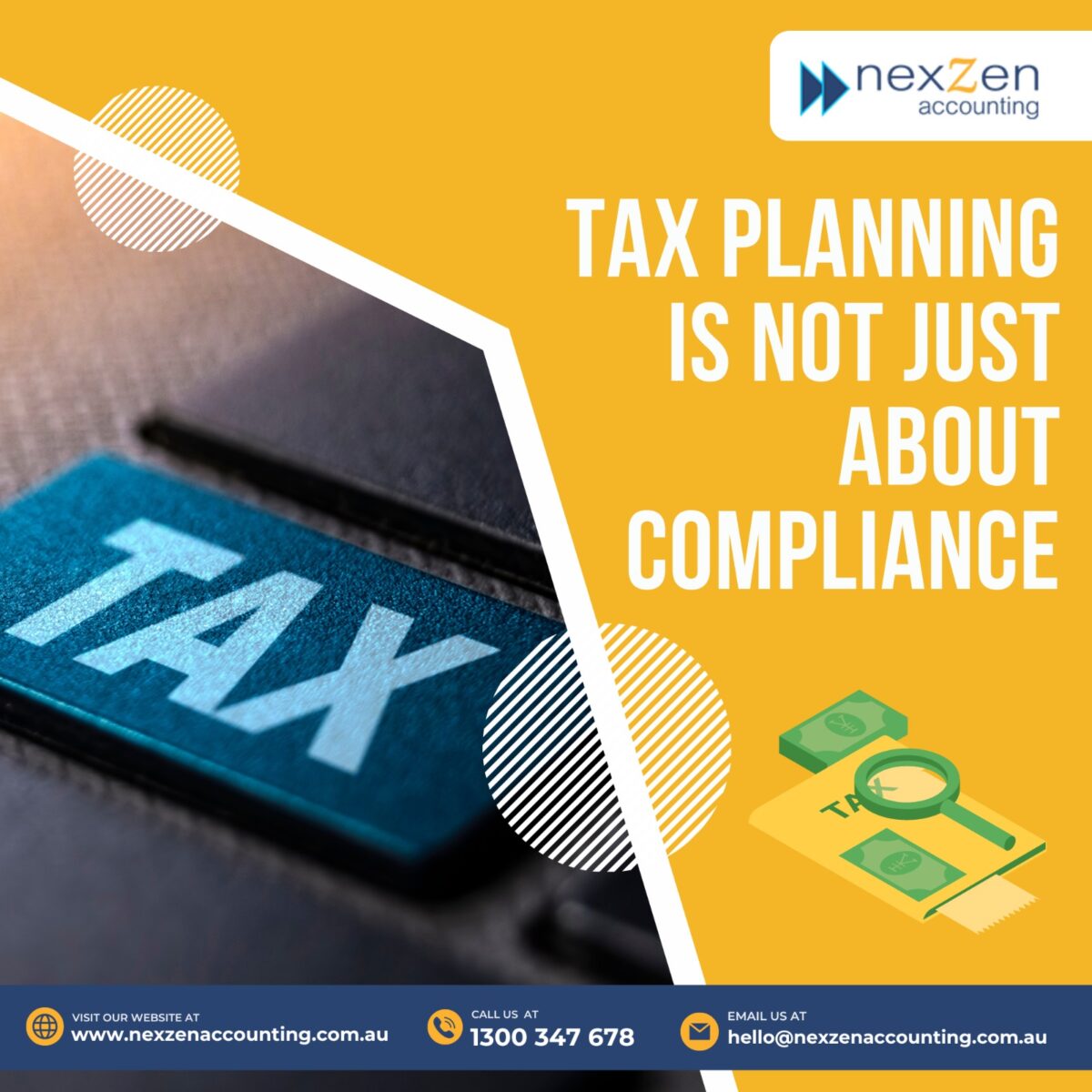Navigating the financial aspects of a National Disability Insurance Scheme (NDIS) business can be complex and time-consuming. From managing invoices to tracking expenses and ensuring compliance, staying on top of finances is crucial for the success and sustainability of your NDIS business. That’s where nexZen Accounting comes in.
If you’re looking to save time and cut down on errors, there’s never been a better way to optimize your financial operations. Let’s explore how to streamline your NDIS business finances with nexZen Accounting.
Simplify Invoicing and Billing for your NDIS Business
- To begin with nexZen Accounting streamlines your invoicing process by creating professional invoices tailored to NDIS requirements.
- Furthermore, you can customize invoice templates with your branding, NDIS provider number, and other relevant details to ensure compliance and professionalism.
- Additionally, automate recurring invoices for regular NDIS services, saving time on manual data entry and reducing the risk of errors.
Efficient Expense Tracking
- Moreover, you can easily track and categorize expenses related to your NDIS business using nexZen Accounting’s intuitive interface.
- Capture receipts digitally using the nexZen mobile app, eliminating the need for manual paperwork and ensuring accurate expense records.
- Subsequently, generate expense reports to analyze spending patterns, identify cost-saving opportunities, and make informed financial decisions.
Enhance Financial Reporting and Compliance in your NDIS Business
- Gain insights into your NDIS business’s financial performance with real-time reporting and analytics provided by nexZen Accounting.
- Consequently, generate customizable reports such as profit and loss statements, balance sheets, and cash flow forecasts to monitor key metrics and trends.
- Additionally, access financial reports anytime, anywhere, giving you greater visibility and control over your business finances.
Seamless Integration with NDIS Systems
- nexZen Accounting seamlessly integrates with NDIS systems and platforms, ensuring data accuracy and compliance with NDIS regulations.
- Sync client information, service bookings, and payment data between nexZen Accounting and NDIS portals, reducing double-entry and administrative overhead.
- Stay up-to-date with changes in NDIS pricing and billing rules, with automatic updates and notifications provided by nexZen Accounting.
Expert Support and Guidance
- As a specialized accounting solution for NDIS businesses, nexZen Accounting provides dedicated support and guidance tailored to your industry needs.
- Access expert advice from accounting professionals with experience in the NDIS sector, helping you navigate complex financial challenges and optimize your business operations.
- Additionally, stay informed about regulatory changes, compliance requirements, and best practices for managing finances in the NDIS industry through nexZen Accounting’s educational resources and updates.
Final Thoughts
With nexZen Accounting, you’re not just getting a tool; you’re gaining a partner dedicated to your success. From invoicing to compliance, every aspect of your financial workflow is seamlessly integrated, empowering you to navigate the complexities of the disability sector with confidence.
So why settle for mediocrity when you can strive for excellence? Choose nexZen Accounting and elevate your NDIS business to new heights. Experience the transformative power of simplified accounting and embark on a journey towards greater efficiency, effectiveness, and ultimately, making a meaningful difference in the lives of those you serve. The future of your NDIS business starts now – embrace it with nexZen Accounting.






